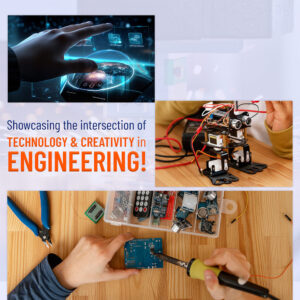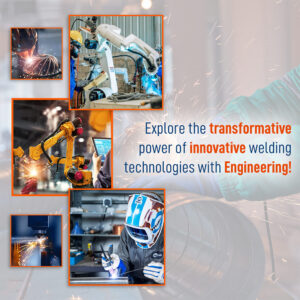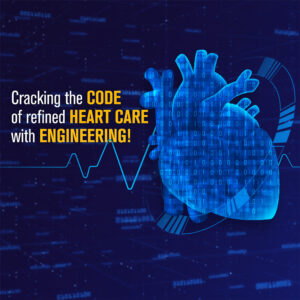
In recent years, mechanical engineering has taken significant strides in improving the safety of transportation systems. Among these innovations, the Hyperloop system stands out as a revolutionary mode of transportation that promises speed and enhanced safety features.
In this blog, we will explore how advancements in mechanical engineering contribute to the improved safety of Hyperloop systems.
Redefining Transportation with Hyperloop
Imagine a mode of transportation that propels you at near-supersonic speeds through a network of near-vacuum tubes. This is the Hyperloop — a visionary idea that promises to revolutionise how we travel.
Hyperloop’s innovative propulsion relies on magnetic levitation—a simple yet ground-breaking concept. This idea involves suspending and propelling a vehicle atop a track constructed with permanent or temporary magnets.
Developed by innovators and engineers, the Hyperloop envisions sleek capsules gliding effortlessly on a cushion of air, slashing travel times and reducing environmental impact. With speeds potentially reaching over 700 miles per hour (1,120 kilometres per hour), the Hyperloop seeks to make the world more connected, turning distant cities into mere minutes away.
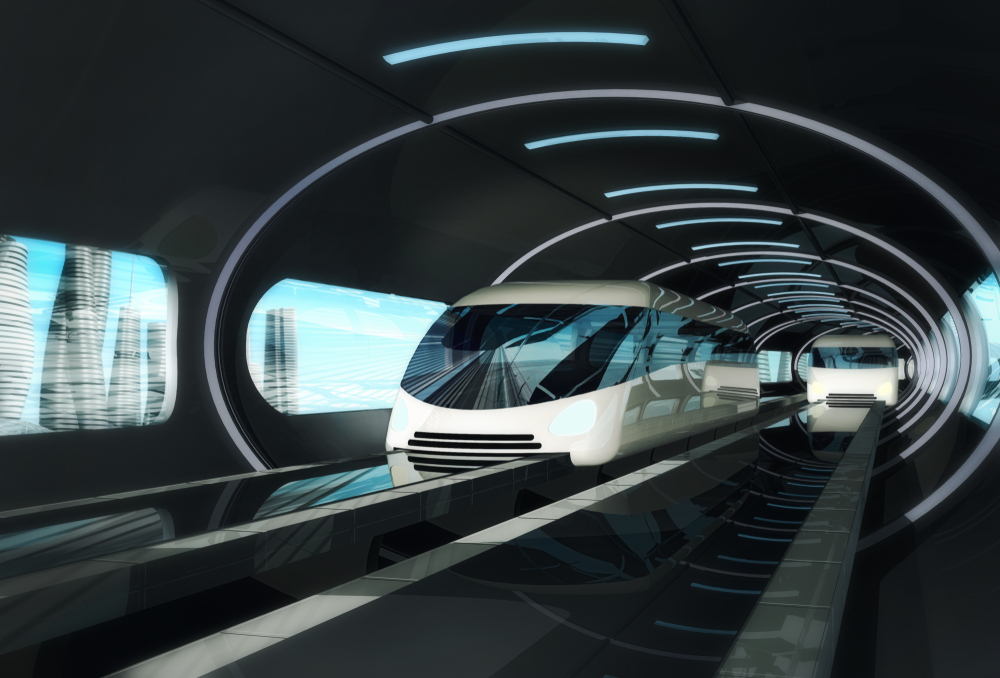
Safety by Design in Hyperloop Systems
In the ambitious pursuit of pushing transportation boundaries, every element of Hyperloop technology is meticulously crafted with safety at its core. From the capsule’s aerodynamic design to the fail-safe systems, every aspect is engineered not just to meet but exceed the most stringent safety standards.
The Hyperloop system prioritises safety by utilising state-of-the-art monitoring and control systems. These systems perform real-time checks on tube pressure, pod speed, and various critical parameters to guarantee the well-being of passengers and cargo.
Advanced Materials for Structural Integrity
One of the critical aspects of Hyperloop safety is the use of advanced materials. These materials offer exceptional strength, durability, and resistance to wear and tear. Incorporating such materials ensures that the Hyperloop’s structure remains robust and secure, even in extreme conditions.
Precision Engineering and Maintenance
The Hyperloop relies on the expertise of mechanical engineers to ensure flawless operations. Through routine maintenance and diligent inspections, they detect and address potential issues, ensuring the system runs at peak efficiency and safety.
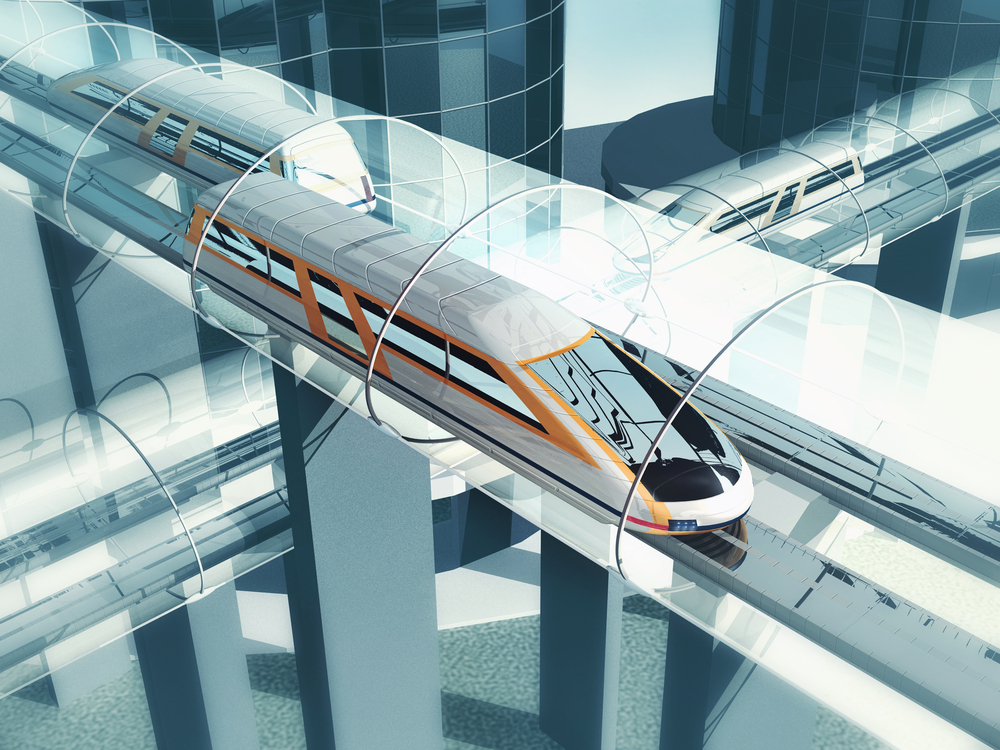
Fail-Safe Mechanisms
Implementing fail-safe mechanisms is a testament to the safety-first approach of Hyperloop technology. Expertise has led to the development of backup systems and fail-safes that can swiftly take control in unforeseen circumstances.
Safety Protocols and Emergency Response
Mechanical engineers are instrumental in establishing comprehensive safety protocols and emergency response plans for Hyperloop systems. These protocols cover everything from passenger safety to system shutdown procedures, ensuring a swift and effective response to any emergency.
Avishkar Hyperloop: Pioneering High-Speed Travel
Avishkar Hyperloop, a student team from the Indian Institute of Technology (IIT) Madras, took part in the SpaceX Hyperloop Pod Competition – an initiative led by SpaceX and Tesla CEO Elon Musk. This global competition aimed to foster the growth of high-speed transportation technology, specifically by developing hyperloop pods.
Among the participants, Avishkar Hyperloop was one of the teams that successfully designed and constructed a prototype hyperloop pod. Their efforts stand as a shining example of the incredible possibilities that lie ahead in high-speed travel.
Engineering the safety of high-speed travel
In summary, mechanical engineering is paramount in enhancing the safety of Hyperloop systems. Employing innovative design, advanced materials, precise engineering, fail-safe mechanisms, and stringent safety protocols, mechanical engineers stand at the forefront, shaping the Hyperloop into a secure and efficient mode of transportation for tomorrow.
As engineering continues to evolve and refine its contributions to Hyperloop technology, we can anticipate even more significant strides in safety, further solidifying the Hyperloop’s place as a game-changer in transportation.

OmDayal Group of Institutions: Elevating Educational Standards
OmDayal Group of Institutions has been steadfast in its mission to nurture innovative architects and engineers since its establishment in 2010.
The Department of Mechanical Engineering is one of the most prestigious mechanical engineering departments in West Bengal’s private Engineering Colleges. Affiliated with Maulana Abul Kalam Azad University of Technology (MAKAUT), its reputation among mechanical engineering departments is unmatched.
The students have advanced theoretical knowledge, transforming classroom concepts into real-world marvels. From sustainable structures to cutting-edge infrastructure solutions, their projects reflect their dedication to shaping a better future. These projects are based on remarkable developments including “An investigation in improved safety of Hyperloop System”.
Follow this link for more details about West Bengal’s leading mechanical engineering programme.
References:

